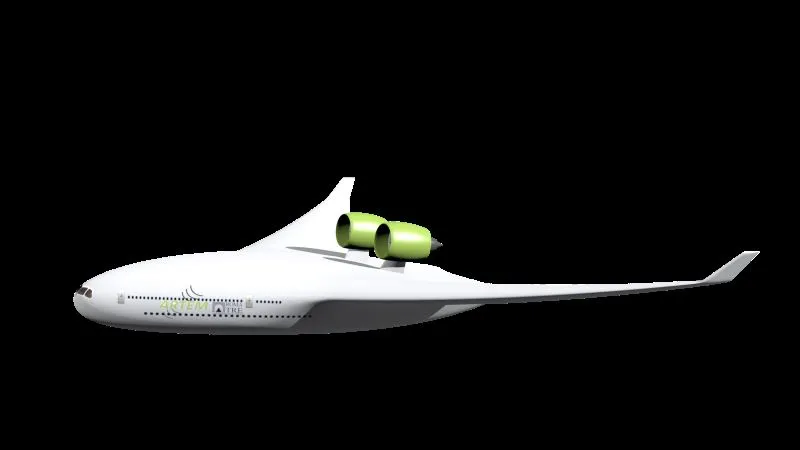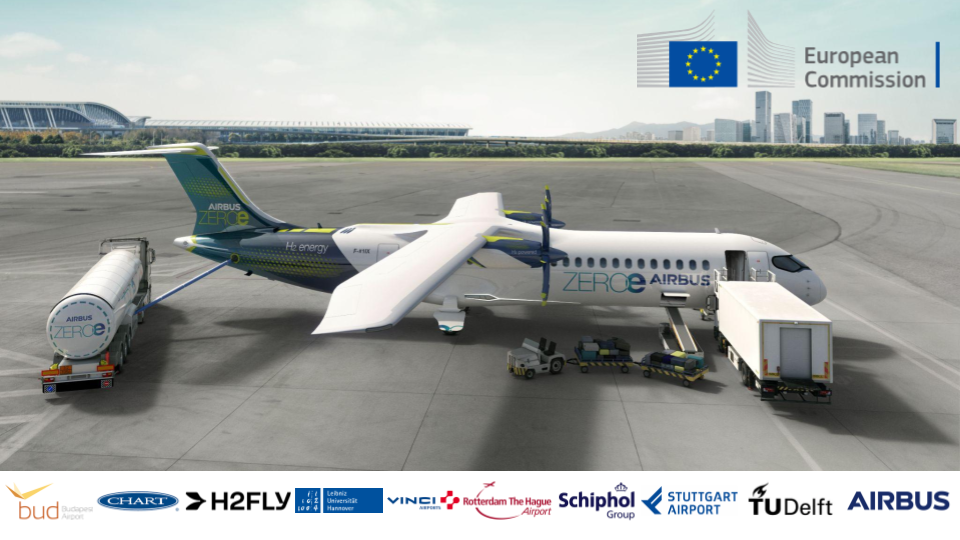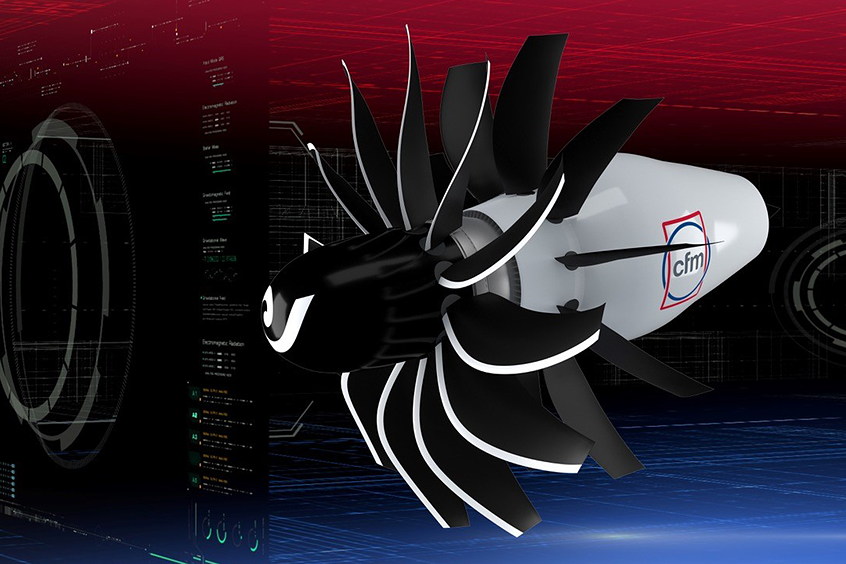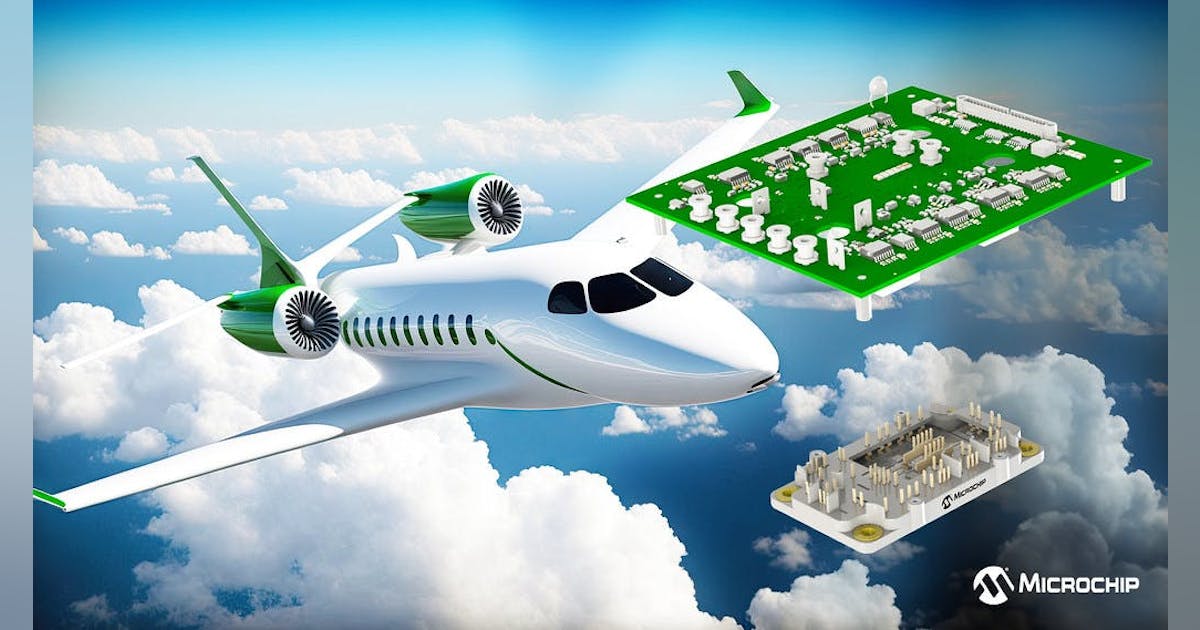
Researchers from Switzerland’s Empa lab have used computer simulations to assess the noise reduction achieved possible from blended wing aircraft concepts.
The experiments were part of a five year EU-funded project called ARTEM (Aircraft noise Reduction Technologies and related Environmental iMpact). ARTEM, which launched at the end of 2017 assessed possible noise reduction technologies for future aircraft configurations.
Researchers from 24 organisations from ten European countries examined ways to reduce aircraft noise at source and concepts to dampen engine noise using new materials. The new technologies resulted in the design of a future jet with a blended wing body (BWB).
BWB aircraft designs, whose fuselages merge into the wings, offer emissions advantages such as less air resistance and lower fuel consumption. They also offer the opportunity to lower noise emissions towards the ground by mounting engines on top of the fuselage.
The experiments were part of a five year EU-funded project called ARTEM (Aircraft noise Reduction Technologies and related Environmental iMpact). ARTEM, which launched at the end of 2017 assessed possible noise reduction technologies for future aircraft configurations.
Researchers from 24 organisations from ten European countries examined ways to reduce aircraft noise at source and concepts to dampen engine noise using new materials. The new technologies resulted in the design of a future jet with a blended wing body (BWB).
BWB aircraft designs, whose fuselages merge into the wings, offer emissions advantages such as less air resistance and lower fuel consumption. They also offer the opportunity to lower noise emissions towards the ground by mounting engines on top of the fuselage.












